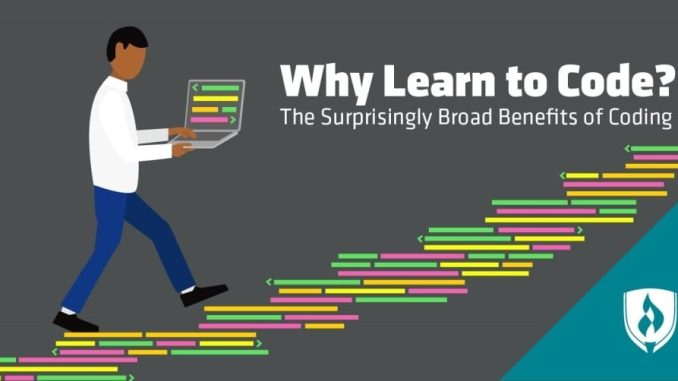
In an increasingly digitized world, where technology permeates nearly every facet of our lives, the ability to understand and interact with the digital realm is no longer a niche skill but a fundamental literacy. Just as previous generations learned the intricacies of reading, writing, and arithmetic to navigate their world, today’s students need to grasp the foundational principles of coding. Learning the basics of coding is not merely about preparing a select few for careers in software development; it is about equipping every student with critical thinking skills, problem-solving abilities, and a deeper understanding of the technological forces shaping their future. It’s an investment in their cognitive development and their capacity to thrive in a world that is becoming progressively more reliant on algorithms and automated processes.
At its core, coding is essentially a language—a set of instructions that computers can understand and execute. Learning this language, even at a rudimentary level, introduces students to computational thinking, a powerful problem-solving methodology. This involves breaking down complex problems into smaller, manageable parts, recognizing patterns, developing step-by-step solutions (algorithms), and identifying potential errors. These are not just skills relevant to computer science; they are invaluable in virtually every academic discipline and professional field. Imagine a student struggling to organize a research paper. The logical, systematic approach learned through coding can help them structure their arguments, outline their content, and identify logical inconsistencies, leading to a more coherent and persuasive final product. This analytical rigor transcends the screen, fostering a mindset of structured problem-solving applicable to real-world challenges.
Furthermore, coding empowers students to move beyond passive consumption of technology to active creation. In an era dominated by apps, social media, and digital tools, many young people are adept users but lack insight into how these technologies function or how they are built. Learning to code provides a unique window into the mechanics of the digital world, demystifying the technology they use daily. It transforms them from mere users into potential innovators and creators. A student who learns to code a simple game or design a basic website gains a profound sense of agency and accomplishment. This hands-on experience cultivates a sense of curiosity and encourages them to explore the underlying principles of the software and applications they interact with, fostering a more informed and engaged relationship with technology.
The process of coding inherently cultivates resilience and perseverance. Writing code is rarely a linear process; it involves trial and error, debugging, and continuous refinement. Students inevitably encounter errors, or “bugs,” in their code. The process of identifying and fixing these bugs teaches them patience, meticulous attention to detail, and the understanding that failure is not an endpoint but an opportunity for learning and improvement. This iterative process of problem-solving, coupled with the immediate feedback provided by a computer, builds a tolerance for frustration and a stronger growth mindset. Consider a student painstakingly working on a programming project, encountering numerous setbacks. Each time they successfully debug their code, they reinforce their problem-solving capabilities and strengthen their resolve, qualities that are indispensable for navigating academic challenges and future professional endeavors.
Beyond individual skills, learning to code also opens doors to enhanced creativity and innovation. Coding is not just a technical discipline; it is a medium for expressing ideas, building solutions, and bringing imaginative concepts to life. From designing interactive stories and animated projects to developing simple applications that address real-world problems, coding provides a unique canvas for creative expression. It allows students to translate abstract ideas into tangible, functional outcomes. A group of students might use basic coding principles to develop a simple app that helps their school manage volunteer sign-ups, demonstrating how technology can be harnessed to solve practical community issues. This blend of logic and creativity fosters a holistic approach to problem-solving and encourages inventive thinking.
Moreover, in a world where data is increasingly central to decision-making across all sectors, understanding the basics of coding provides students with a foundational understanding of how data is processed, analyzed, and presented. While advanced data science requires specialized skills, grasping the logical structures and functions of programming can demystify algorithmic processes and equip students to be more informed consumers and creators of data-driven insights. This is particularly relevant in fields like business, marketing, and social sciences, where interpreting data is crucial.
In conclusion, advocating for students to learn the basics of coding is not about turning everyone into a computer programmer. It is about equipping them with a versatile set of cognitive tools that will serve them across a multitude of disciplines and careers. It’s about fostering computational thinking, promoting active creation over passive consumption, building resilience in the face of challenges, and unleashing creative potential. In a future that will be undeniably shaped by technology, a foundational understanding of coding ensures that today’s students are not just participants in the digital age, but confident, capable architects of it.